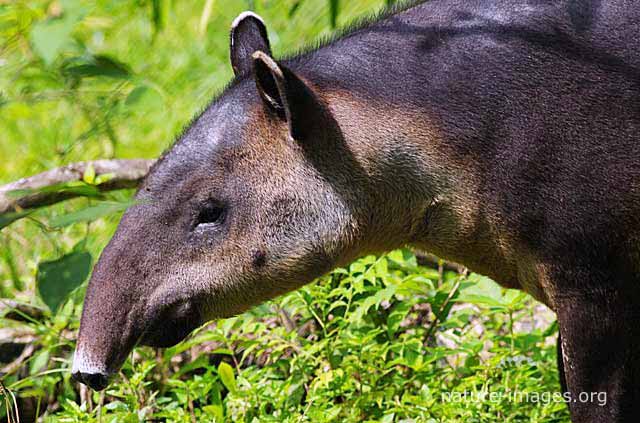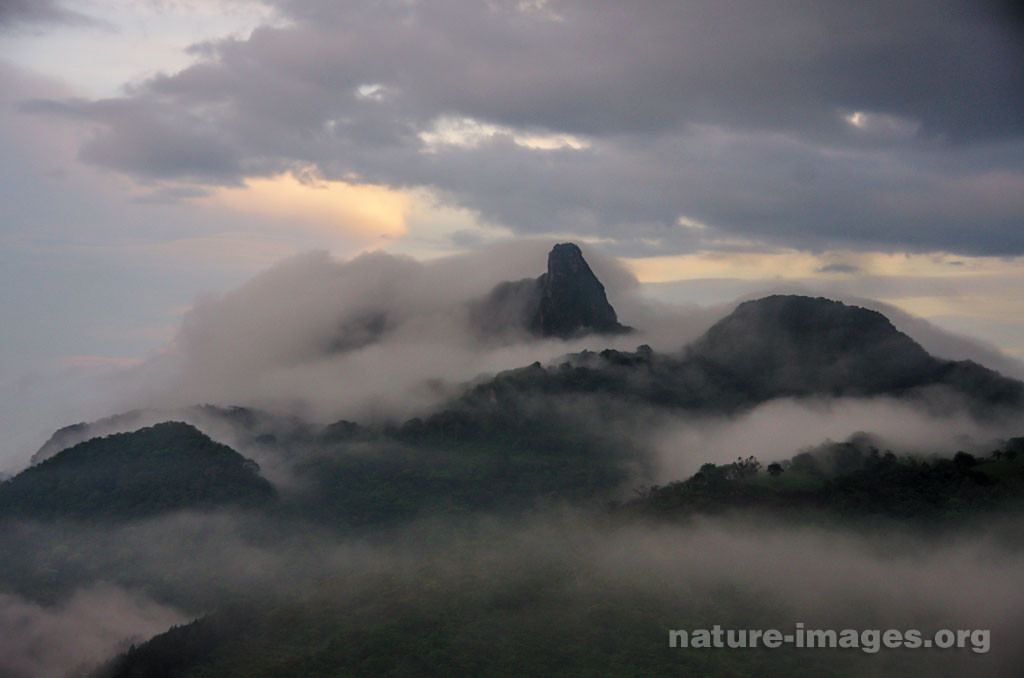A Glimpse into Panama’s Wildlife
Discovering the Rich Biodiversity of Panama
I am absolutely thrilled to share the wonders of Panama’s wildlife with you! This Central American gem is a treasure trove of biodiversity. From lush rainforests to vibrant coral reefs, Panama’s diverse ecosystems are home to an astonishing variety of species. Whether you’re an avid birdwatcher, a reptile enthusiast, or just someone who loves exploring nature, there’s something for everyone here.
Panama’s wildlife includes a mix of exotic animals, each contributing to the country’s rich tapestry of life. For example, the stunning Resplendent Quetzal and the elusive Harpy Eagle are just a couple of the birds of Panama that capture the imagination. Meanwhile, the tropical rainforests are teeming with mammals in Panama like howler monkeys and jaguars, as well as an array of reptiles of Panama such as the green iguana and the critically endangered Panamanian golden frog.
A visit to Panama is not complete without experiencing its incredible biodiversity firsthand. Whether you’re on a guided Panama wildlife tour or exploring on your own, you’ll be amazed at the variety of life you can encounter. The country’s unique location as a bridge between North and South America adds to its ecological richness, making it a must-visit for nature lovers.
Importance of Preserving Endangered Species
Preserving the endangered species in Panama is a cause that is very close to my heart. These species are not just numbers on a list; they are vital components of our ecosystems. Their survival directly impacts the health of the environment and the well-being of other species, including humans.
Take a look at some of the critically endangered species in Panama:
| Species | Status | Estimated Population |
|---|---|---|
| Panamanian Golden Frog | Critically Endangered | Less than 1,000 |
| Baird’s Tapir | Endangered | 3,000 – 5,000 |
| Harpy Eagle | Near Threatened | 50 – 60 breeding pairs in Panama |
These species are at risk due to habitat loss, climate change, and human activities. The Panamanian golden frog, for instance, has been severely affected by chytridiomycosis, a deadly fungal disease. The Baird’s tapir is losing its habitat to deforestation, and the Harpy Eagle faces threats from hunting and habitat destruction.
Conservation is not just about saving individual species; it’s about maintaining the balance of entire ecosystems. Efforts like the Panama Amphibian Rescue and Conservation Project and various collaborative conservation programs are crucial for protecting these magnificent creatures. By preserving endangered species, we also ensure the survival of other wildlife that share their habitats, creating a ripple effect of positive change.
Raising awareness and educating people about the significance of these species is essential. Through panama wildlife education and advocacy, we can inspire others to take action. Every small effort counts, whether it’s supporting local conservation organizations or simply spreading the word about the plight of these animals.
Exploring the marvels of Panama’s wildlife is a journey of discovery and responsibility. Let’s cherish and protect these natural wonders for future generations.
Endangered Species in Panama
Panama is a treasure trove of biodiversity, and exploring its endangered species is both fascinating and vital. Let’s dive into some of the remarkable efforts and iconic mammals that make Panama a haven for nature lovers.
The Panama Amphibian Rescue and Conservation Project
The Panama Amphibian Rescue and Conservation Project is an incredible initiative aimed at saving some of the most at-risk amphibian species in the country. Amphibians in Panama face numerous threats, including habitat loss and diseases like chytridiomycosis, which has devastated populations worldwide.
This project focuses on:
- Captive Breeding Programs: Ensuring survival by breeding threatened amphibians in controlled environments.
- Research and Monitoring: Studying diseases and environmental changes affecting amphibians.
- Education and Outreach: Raising awareness about the importance of amphibians in ecosystems.
| Amphibian Species | Status | Key Threats |
|---|---|---|
| Panamanian Golden Frog | Critically Endangered | Disease, habitat loss |
| Atelopus zeteki | Critically Endangered | Disease, climate change |
| Craugastor evanesco | Critically Endangered | Disease, deforestation |
Learn more about these incredible efforts and how you can get involved with Panama wildlife conservation.
Iconic Endangered Mammals of Panama
Panama is home to some awe-inspiring mammals, many of which are currently endangered. These iconic species are a testament to the rich biodiversity of the region and highlight the urgent need for conservation efforts.
Baird’s Tapir
Baird’s Tapir, also known as the Central American Tapir, is the largest land mammal in Panama. These gentle giants are primarily found in forests and wetlands, playing a crucial role in seed dispersal.
| Mammal | Status | Key Threats |
|---|---|---|
| Baird’s Tapir | Endangered | Habitat destruction, hunting |
Jaguar
The Jaguar, a symbol of power and beauty, roams the dense forests of Panama. This apex predator is vital for maintaining the balance in the ecosystem but faces threats from habitat fragmentation and poaching.
| Mammal | Status | Key Threats |
|---|---|---|
| Jaguar | Near Threatened | Habitat loss, poaching |
For more detailed information on the mammals of Panama, visit our article on mammals in Panama.
These endangered species are just a glimpse into the marvels of Panama’s wildlife. By understanding and supporting conservation efforts, we can help preserve these incredible creatures for future generations. Explore more about Panama’s rich biodiversity and how you can contribute to its preservation with our panama wildlife guide.
Conservation Efforts
Collaborative Conservation Programs in Panama
I am thrilled to share the incredible work being done through collaborative conservation programs in Panama. These programs bring together scientists, local communities, and international organizations to protect the unique and diverse wildlife of this beautiful country. One such program is the Panama Amphibian Rescue and Conservation Project, which focuses on saving endangered amphibians from extinction.
Another remarkable initiative involves the conservation of iconic endangered mammals like jaguars and Baird’s tapirs. These majestic creatures are vital to Panama’s ecosystems and are being safeguarded through various efforts. For those interested in the mammals in Panama, these projects offer hope and inspiration.
Additionally, collaborative conservation programs often include habitat restoration projects, anti-poaching measures, and research initiatives to better understand the needs of endangered species. By working together, these programs aim to create a sustainable future for Panama’s wildlife.
Challenges Faced by Conservationists
Despite the exciting progress, conservationists in Panama face numerous challenges. One of the most pressing issues is habitat loss due to deforestation and urbanization. As forests are cleared for agriculture and development, the natural homes of many species are destroyed, leading to a decline in wildlife populations. For more information on this, take a look at our article on panama wildlife habitat.
Another significant challenge is the illegal wildlife trade, which threatens many of Panama’s exotic animals. Poaching for pets, traditional medicine, and souvenirs puts immense pressure on endangered species and disrupts the delicate balance of ecosystems. Learn more about these incredible creatures in our exotic animals in Panama section.
Climate change also poses a threat, as shifting weather patterns and rising temperatures can alter habitats and food sources. Conservationists must adapt their strategies to address these changes and ensure the survival of endangered species.
Lastly, limited funding and resources can hinder conservation efforts. Securing financial support and engaging local communities in conservation activities are crucial for the long-term success of these programs. By spreading awareness and supporting initiatives, everyone can contribute to the protection of Panama’s wildlife.
| Challenge | Description |
|---|---|
| Habitat Loss | Deforestation and urbanization |
| Illegal Wildlife Trade | Poaching for pets, traditional medicine, souvenirs |
| Climate Change | Altered habitats and food sources |
| Limited Funding | Insufficient financial support and resources |
Through dedication and collaboration, conservationists continue to overcome these obstacles and work towards a brighter future for the wildlife of Panama. I invite you to join in these efforts and explore the marvels of Panama’s endangered species.
How You Can Help
As someone who cherishes the incredible wildlife of Panama, I’m thrilled to share ways you can contribute to preserving these magnificent creatures.
Supporting Local Conservation Organizations
One of the most effective ways to make a difference is by supporting local conservation organizations. These groups work tirelessly to protect endangered species in Panama and their habitats.
Here’s a list of actions you can take:
- Donations: Financial contributions help fund critical research and conservation efforts.
- Volunteering: Offer your time and skills to assist with various projects.
- Adopting an Animal: Some organizations offer symbolic adoptions, providing financial support for specific animals.
By supporting these initiatives, you’re playing a direct role in the preservation of Panama’s unique wildlife. Check out more about Panama wildlife conservation to get involved.
Spreading Awareness through Education and Advocacy
Education and advocacy are powerful tools in the fight to protect endangered species. By spreading awareness, you can inspire others to take action.
Consider these methods:
- Sharing Information: Use social media to share facts and stories about Panama’s endangered animals.
- Hosting Events: Organize educational events or talks in your community.
- Writing Articles: Contribute articles to local newspapers or blogs to highlight the importance of conservation.
For more ideas on how to educate and advocate, explore our section on Panama wildlife education.
Here’s a table summarizing key actions you can take:
| Action | Description |
|---|---|
| Donations | Provide financial support to conservation projects. |
| Volunteering | Offer time and skills to assist with conservation efforts. |
| Adopting an Animal | Symbolically adopt an animal to support its care. |
| Sharing Information | Use social media to spread awareness. |
| Hosting Events | Organize educational events in your community. |
| Writing Articles | Contribute articles to local media. |
Together, we can make a significant impact on preserving the endangered species in Panama. Let’s take these steps to protect the natural marvels of this beautiful country. For more information on the diverse wildlife, you can explore wildlife of Panama and related articles like birds of Panama and mammals in Panama.
Please bookmark us now press ctrl+d and visit again soon for more fascinating nature images! Here some recommended links selected for you: The Best Books of the Month, Todays best Deals at Amazon, Best Sellers in Cell Phones & Accessories and last but not least the easy and great way to send a gift for the holidays: Amazon.com eGift Card (Instant Email or Text Delivery).
A selection of Nature images, wildlife, flora and landscape stock photos, to see many more images and to license our stock photos please see our complete collection of our wildlife, flora and landscape stock images here at Alamy.
Introducing our captivating photo book showcasing the mesmerizing flora and fauna of Panama! Dive into the vibrant world of biodiversity with stunning imagery capturing the essence of Panama’s natural wonders. From majestic birds to elusive wildlife and breathtaking landscapes, this book is a visual feast for nature enthusiasts.
Don’t miss your chance to own a piece of Panama’s natural heritage. Order your copy here at Amazon now and embark on a visual journey through the enchanting landscapes and fascinating wildlife of Panama!





